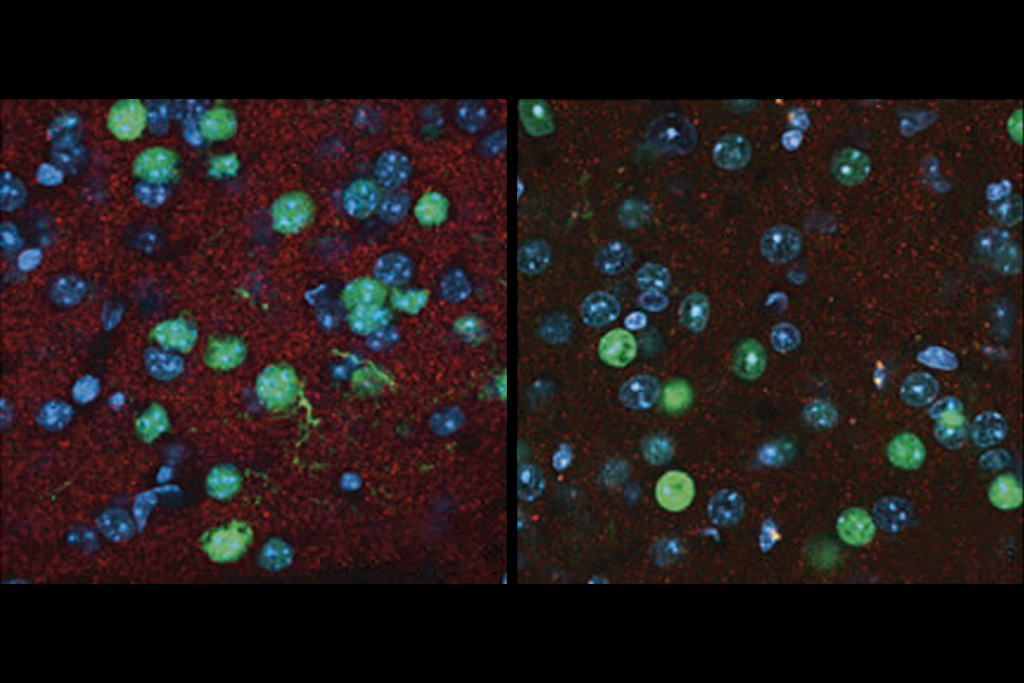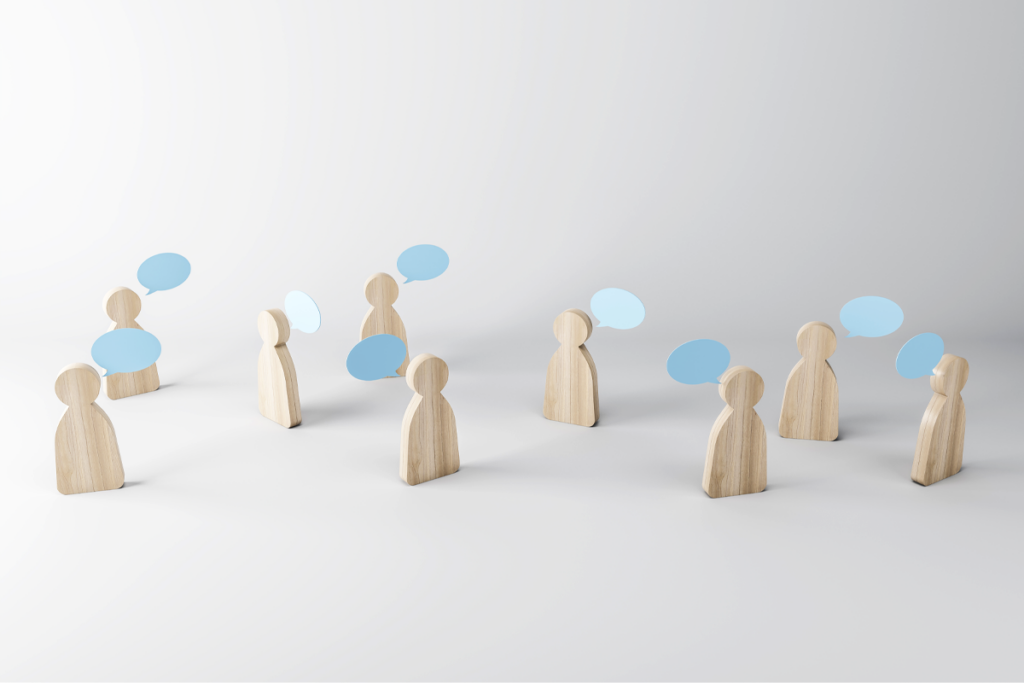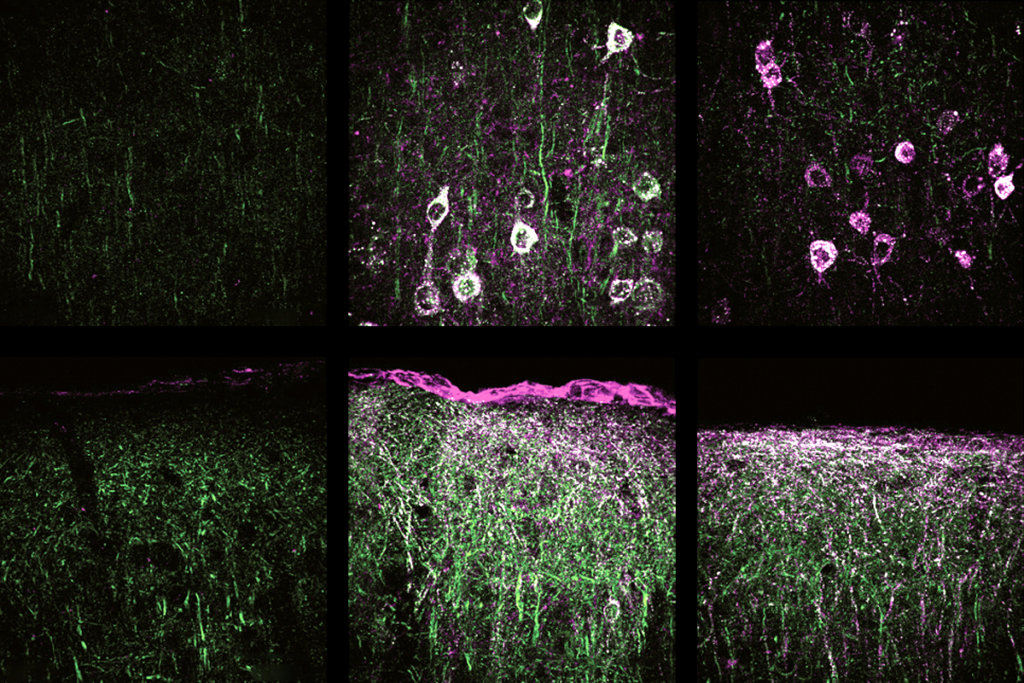Social games
Multiplayer games can help researchers identify differences in social behavior in people with autism.
You may think of video games as a waste of time — and in many cases, you may be right. But some researchers are using multiplayer games to measure how social and other factors influence an individual’s decision-making process. The games, these researchers say, could help assess social deficits in people with autism.
Some studies have already yielded insights into autism, as outlined in a review published 12 May in Biological Psychiatry.
In a 2010 study, participants played a game in which they could either hunt rabbits alone for a few points or cooperate to hunt stags for more points. Cooperation requires the player to infer the other player’s strategy: To hunt the stag, player A must believe that player B believes player A will cooperate.
People with autism tend to use strategies with fewer inferences, the study found. The results provide one of the first demonstrations that computational models can identify social impairments, the researchers say.
In another study, published last year, participants played a game in which they decided how much money to donate to a charity. People with autism donated the same amount, regardless of whether anyone was watching, whereas controls donated more when they knew they were being observed.
Some teams are using brain imaging during gaming to try to develop biomarkers for autism. In one example, researchers analyzed a brain area known as the cingulate cortex while participants played a trust game, in which players invest money or other virtual goods with another player with the hopes of getting a return on the investment.
Brain activity in people with autism differed from controls for only the part of the game in which the player decides how much to invest, called the ‘me’ or ‘self’ response.
Moreover, the level of activity in the cingulate cortex correlated with the severity of social deficits in people with autism. Taken together, the studies highlight how multiplayer games can be used to identify patterns of social behavior that characterize autism and other disorders.
Researchers are beginning to use brain imaging in conjunction with potential treatments. Oxytocin, for example, a hormone that has been shown to increase trust, also improves emotion recognition when given to people with autism. Research presented last week at the International Meeting for Autism Research in Toronto showed that oxytocin treatment increases activity in parts of the brain linked to the processing of social information.
Perhaps these two approaches will soon come together, allowing researchers to study how oxytocin affects both brain activity and behavior while children are playing these games.
Recommended reading

SHANK3 deficiency and behavior in mice; and more

Autism scientists push back on CDC’s inaccurate vaccine claims

Gene replacement therapy normalizes some traits in SYNGAP1 model mice
Explore more from The Transmitter

